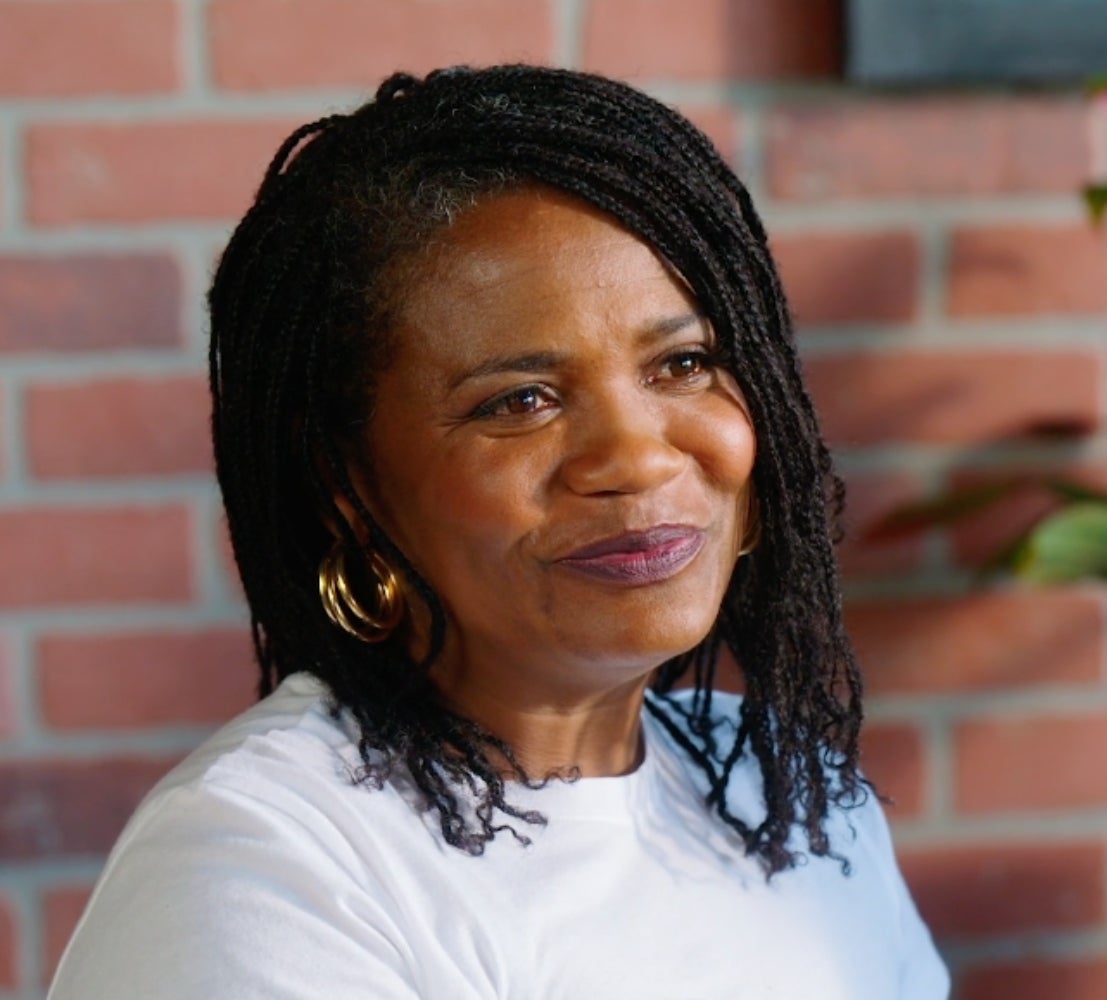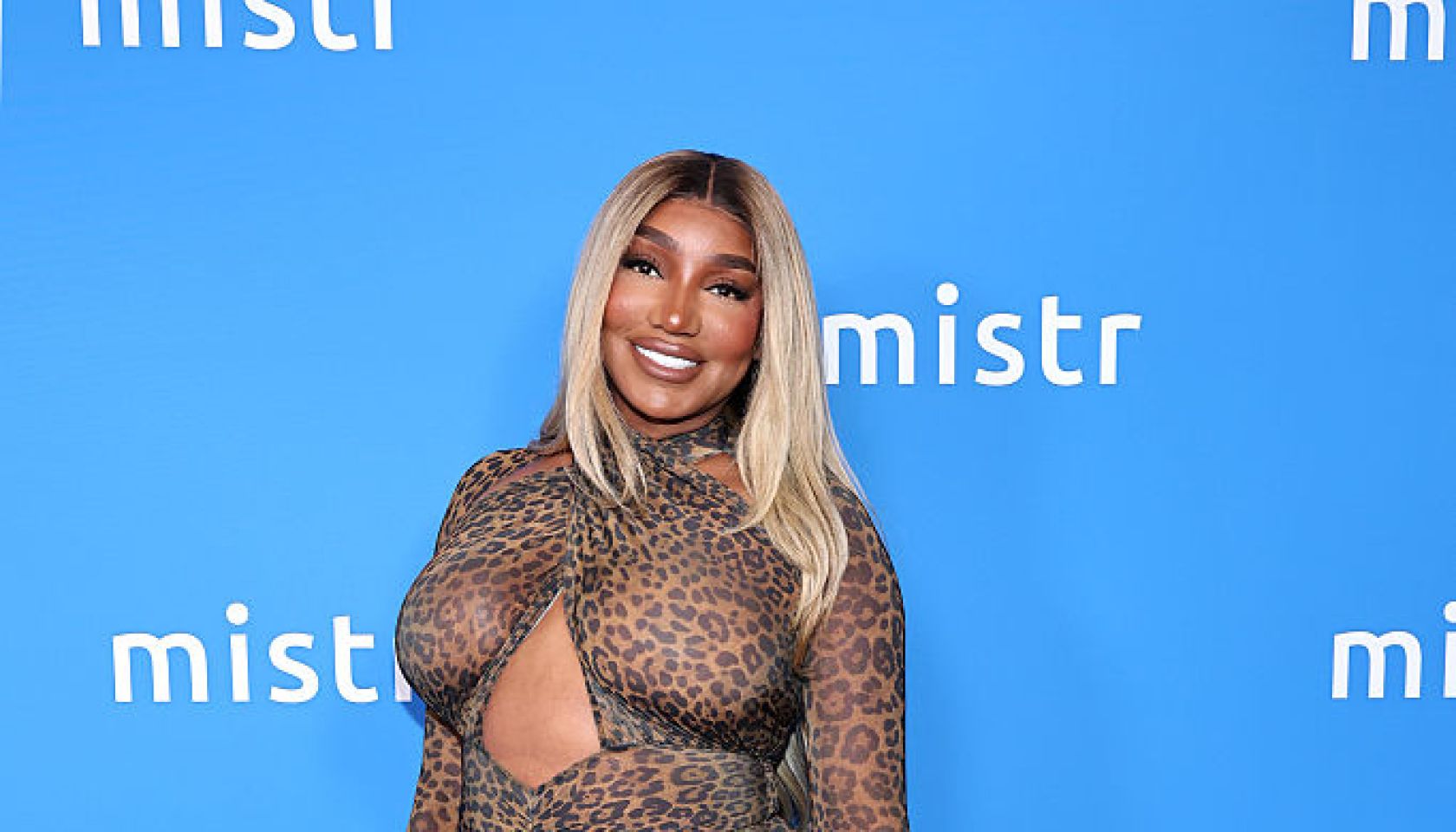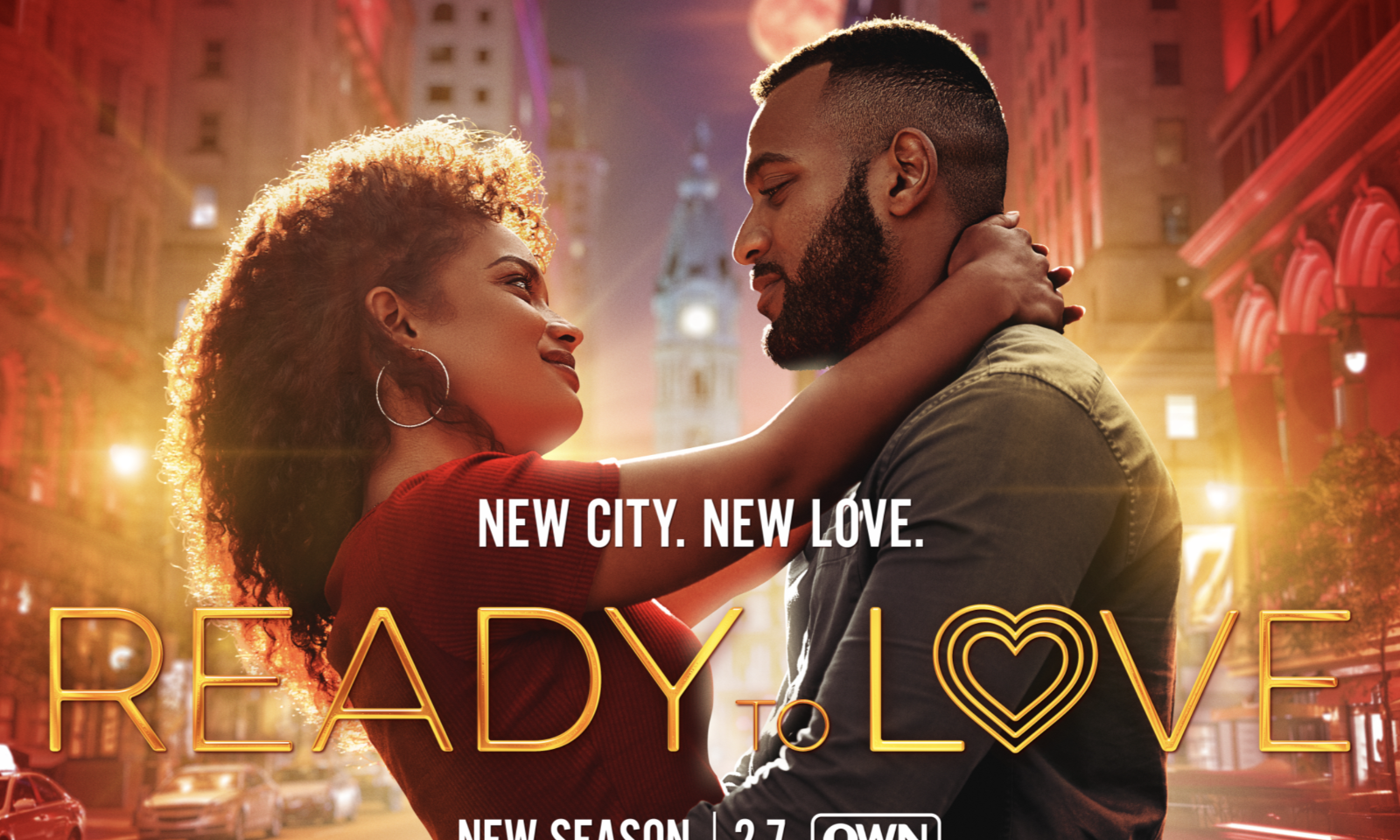Every heart attack tells a different story—but they all point to the same truth: something is dangerously wrong. The Making of a Heart Attack, a new documentary airing on A&E, explores how heart attacks manifest in unexpected ways—and to people of all ages.
The short film will debut at this year’s Cannes Lions International Festival of Creativity.
It was created in partnership with Amgen and contains expert commentary from cardiologist Sara Collins, M.D. The film’s subjects range in age and background. Black Heart Association CEO Tara Robinson and Pro Football Hall of Famer Barry Sanders are two of them. All five individuals have eye-opening stories.
“I think if I was obese, the first doctor wouldn’t have sent me home,” Robinson recalls of visiting the hospital with chest pains in 2014. A doctor dismissed her because of her appearance. “He said, ‘You’re too young [and] too thin to be having a heart attack.’”
At her husband’s insistence, she returned to the hospital. The second doctor refused to admit her so more tests could be done. She felt this was due to systemic racial bias in healthcare. “The second doctor, I believe, because of the color of my skin, was going back and forth with me on just an overnight stay,” she says.
She was sent home again. That same day, she had a second heart attack at work, a teacher dealing with an acute cardiac event in front of her students. The next day, she had her third. This time, it was a massive heart attack. She was 40.
In hindsight, Robinson stresses the importance of having someone in your corner to help you address your concerns. “If you can’t speak up for yourself, get that loud auntie or that crazy cousin and take that person with you to advocate,” she says. “You need all these people in these spaces to make sure that you make it back.”
The Journal of the American Medical Association reports Black patients have a higher rate of recurring hospitalizations connected to cardiac issues and “Black Americans are 54% more likely to die of cardiovascular disease than White Americans, despite a substantial overall reduction in cardiovascular disease mortality nationwide,” according to a 2023 article in Annals of Internal Medicine.
“It’s just very hard to accept that somebody would send you home knowing that you have a family that loves you, that wants you here. I have kids,” she says. “So, to send me home twice, it’s like you’re attempting to kill me, in my opinion. And I know that sounds harsh, but that’s what racism and bias in care does. It sends so many people home, and they die.”
Heart attacks don’t care how “thin” you are or how old you are. “The message is it can happen anywhere to anyone,” says Sanders. Gigi, a woman featured in the film, had an increased risk due to familial history. Feeling a pain that persisted, she found herself having a major heart attack at only 34 years old and 120 pounds. Sanders stressed the importance of education for everyone.
“It’s not just for people in their 50s and 60s and 70s,” the NFL legend notes.
Heart attack symptoms are shapeshifters. They can slip through a crack in your day or kick in the front door of your schedule. For some, it’s a strong burning sensation in the middle of the night. Others might feel like it’s simple indigestion that can be washed away with a sip of ginger ale. They bring sharp pains as well as dull aches.
Sanders’ heart attack occurred on Father’s Day. It was a persistent discomfort he mistrusted immediately. It didn’t make sense to him. “It’s not like it was, you know, down in my ankle or knee or shoulder,” he explains. “It was right in the middle of my chest!”
Trusting that something serious was happening, he drove himself to the hospital. They conducted an enzyme test. It was the first time he had heard of this diagnostic method and the results shocked him. “I thought I was pretty healthy,” he recalls. “But I learned a lot through this process.”
The film features a roundtable format that lends a casual feel to a serious conversation. Filming it, both Robinson and Sanders benefited from connecting with Gigi, Hyvelle and Ponciano, who had similar experiences. The group discussed the mental impact of experiencing a heart event. Her experience changed how Robinson perceived herself. “I felt so strong and powerful, but the minute I had my heart attacks…I felt so weak and vulnerable, especially in front of my husband,” she says.
The documentary also dove into the paranoia that can accompany a heart attack survivor. Worrying about a recurrence is emotionally draining and physically dangerous, as chronic stress can threaten cardiac health. Sanders tames anxiety about his health by scheduling doctor’s visits in advance to stay in the know. He rattles off the dates of upcoming appointments with confidence. Understanding the ins and outs of his numbers helps him. Today, he understands every detail of his chart.
“It makes me feel empowered.”
The Making of a Heart Attack is more than a documentary—it’s a wake-up call. As these five survivors show, heart disease doesn’t follow a script. It doesn’t care about your age, your size, or how strong you look on the outside. What could save your life is knowing the signs, trusting your instincts, and—critically—being heard. Whether you’re advocating for yourself or someone you love, the film urges us to take every symptom seriously and demand care that listens, sees, and acts. Because the truth is simple: heart attacks can happen to anyone—and everyone deserves to survive them.
The Making of A Heart Attack, brought to you by Amgen, premieres June 14 on A&E at 1 p.m./12c.







